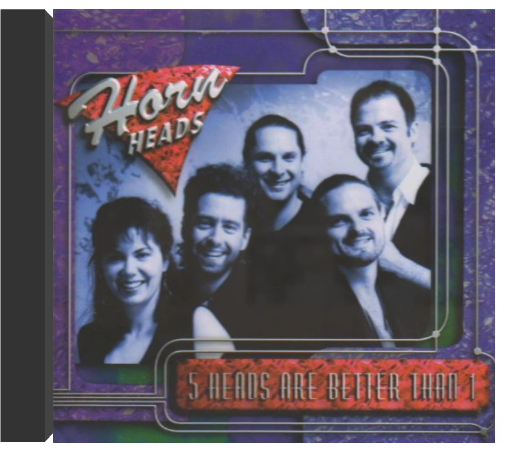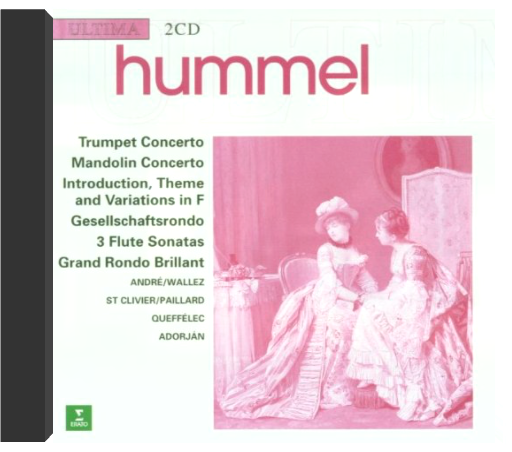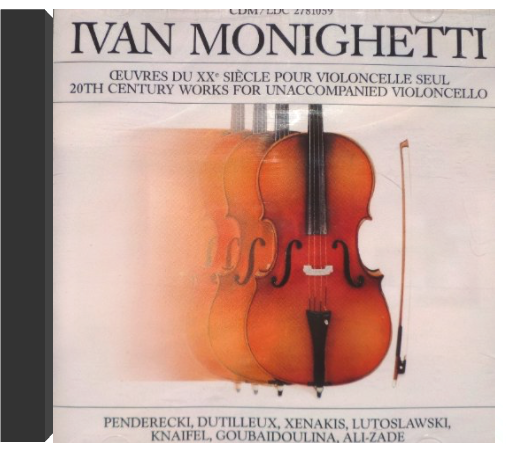 HornheadsHornheads HornheadsHornheads This horn section was first assembled in 1991 to perform with Prince and the New Power Generation for the Diamonds and Pearls World Tour. 13 tracks of pure and funky horns.  Stranger's HandHoward Levy, Jerry Goodman, Steve Smith Stranger's HandHoward Levy, Jerry Goodman, Steve Smith Drummer Steve Smith's ToneCenter label continues to rescue jazz fusion from the doghouse of jazz history with The Stranger's Hand, a high-octane quartet affair that features Smith alongside former Mahavishnu Orchestra violinist Jerry Goodman, Allman Brothers bassist Oteil Burbridge, and multi-instrumentalist Howard Levy. Composed spontaneously in the studio over the span of several days, The Stranger's Hand doesn't pull any punches from the first lightning-fast unison runs of "Brick Chicken." It also isn't afraid to show its early-fusion influence, with several tracks uncannily echoing the early Mahavishnu Orchestra. Part of "Glimmer of Hope" is almost a dead ringer for "Dance of the Maya" from Inner Mounting Flame, and there are times when Goodman seems to be doing his best fleet-fingered John McLaughlin imitation. Still, if anyone can pull that off, it's Goodman, whose range on electric and acoustic violin is still extraordinary—he's equally adept at the searing electric-fusion runs of "Caliente" as he is on the bluegrass-New Orleans feel of "Sufferin' Catfish" and the straightahead jazz of "Elvin." Also, there are other spices here that make the disc distinctive, from Burbridge's George Benson -esque scat soloing on "Pinky's Revenge" to the harmonica of Levy (who also doubles on keyboards) that sometimes lends the group a bluesier, more countrified sound. —Ezra Gale  Dvorák: The Symphonies [Box Set]Istvan Kertesz Dvorák: The Symphonies [Box Set]Istvan Kertesz For decades, there were only three complete collections of Dvorák's symphonies: this one; Rowicki's with the same orchestra; and Kubelik's with the Berlin Philharmonic. Kertész offers the most rustic, gutsy interpretations of all. Famous for his dislike of rehearsals, he allows the London Symphony to make a much rougher sound than his colleagues tolerate, and though not the last word in polish, the results have a spontaneous charm that's pretty hard to resist. More to the point, Dvorák's early symphonies (Nos. 1 to 5) remain sadly neglected, and each one of them is full of gorgeous tunes cloaked in mellifluous orchestration. At budget price, this set now costs less than it did on LP in the 1960s. How can you do better than that? —David Hurwitz  Johannes Brahms: Violin Sonatas Nos. 1-3Itzhak Perlman Johannes Brahms: Violin Sonatas Nos. 1-3Itzhak Perlman Itzhak Perlman is the greatest living exponent of the Romantic, sentimental style of violin playing. As in his reading of the Brahms concerto, he shows sovereign mastery in these accounts, which are characterized by intense emotion and heated expression (Perlman's warm vibrato and carefully placed portamentos quickly give him away), but are also gripping in the quiet, meditative pages. The first two sonatas' relationship to songs could easily be guessed from the way Perlman plays them in a single, seamless line, marked by soaring climaxes and tender, haunting pianissimos. The treatment sometimes does seem a bit premeditated, but it is so compelling as to sweep aside any criticism. In this 1983 recording (sonically superior to Perlman's later remake with pianist Daniel Barenboim, for Sony), the violin sounds slightly forward, though not unpleasantly so. Warm, supportive, lyrical playing from Vladmir Ashkenazy rounds out a marvelous offering. —Ted Libbey |
 Made with Delicious Library
Made with Delicious Library








